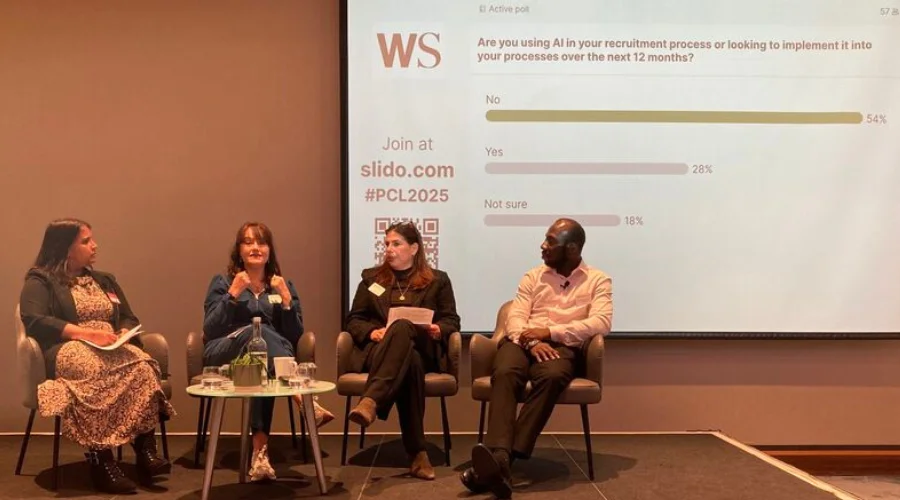
Quick CV Dropoff
Want to hear about the latest non-profit and public sector opportunities as soon as they become available? Upload your CV below and a member of our team will be in touch.

In this blog, I share some top tips on how to spot and remove job creep, which may be a significant barrier to being able to attract the ideal candidate for your role.
So what is 'Job Creep'? According to Wikipedia, 'Job Creep is a phenomenon in which employers continually require increasing amounts of work relative to the normal requirements of their operations.'
Or as defined by IGI Global, 'A slow expansion of job duties with regards to discretionary job-related behaviors becoming a part of in-role obligations.'
This phenomenon can occur for various reasons and through differing circumstances, but I will illustrate just a few below:
So, if we know it happens, how can we be more aware of job creep when we are recruiting? If you opt to go to market with the 'morphed role', it is quite likely that your recruitment campaign will be unsuccessful. More worryingly, you will be limiting the pool of talent you will attract for the position due to unrealistic expectations based on the current post holder.
So, what steps can you take to eliminate the creep?
Applying basic role design principles will be a great place to start, you can find out more about this in our role design blog.
However, these basic points will get you thinking about possible next steps:
At TPP, we advise our clients to take the best possible approach to attract suitable candidates for their positions, as well as designing roles that will open up more diverse talent pools. If you would like to find out more about role design, job creep, or any other aspect of recruitment, we have specialist consultants with current market knowledge who are ready to help and support you. You can reach us on 020 7198 6000 or info@tpp.co.uk.